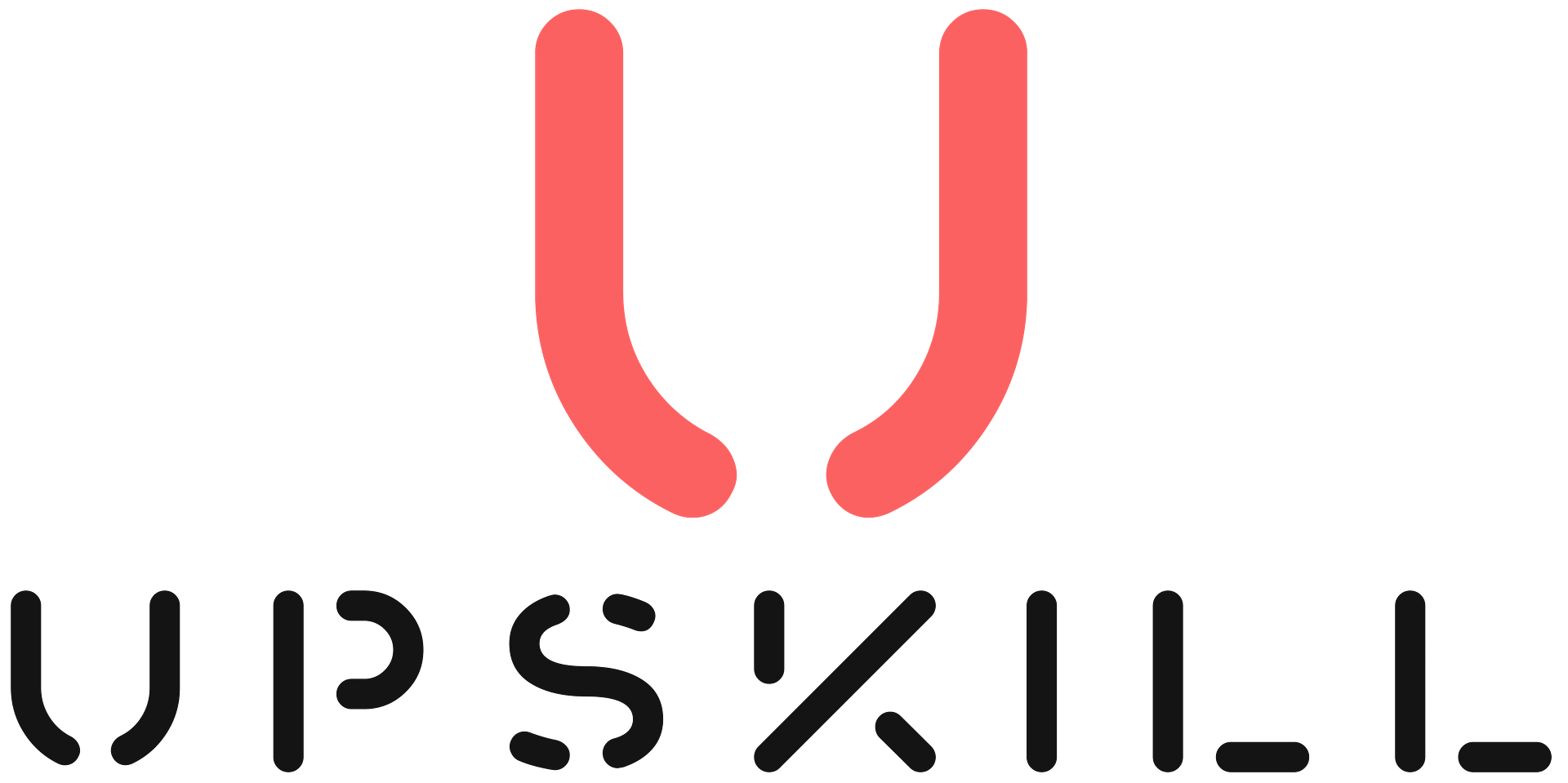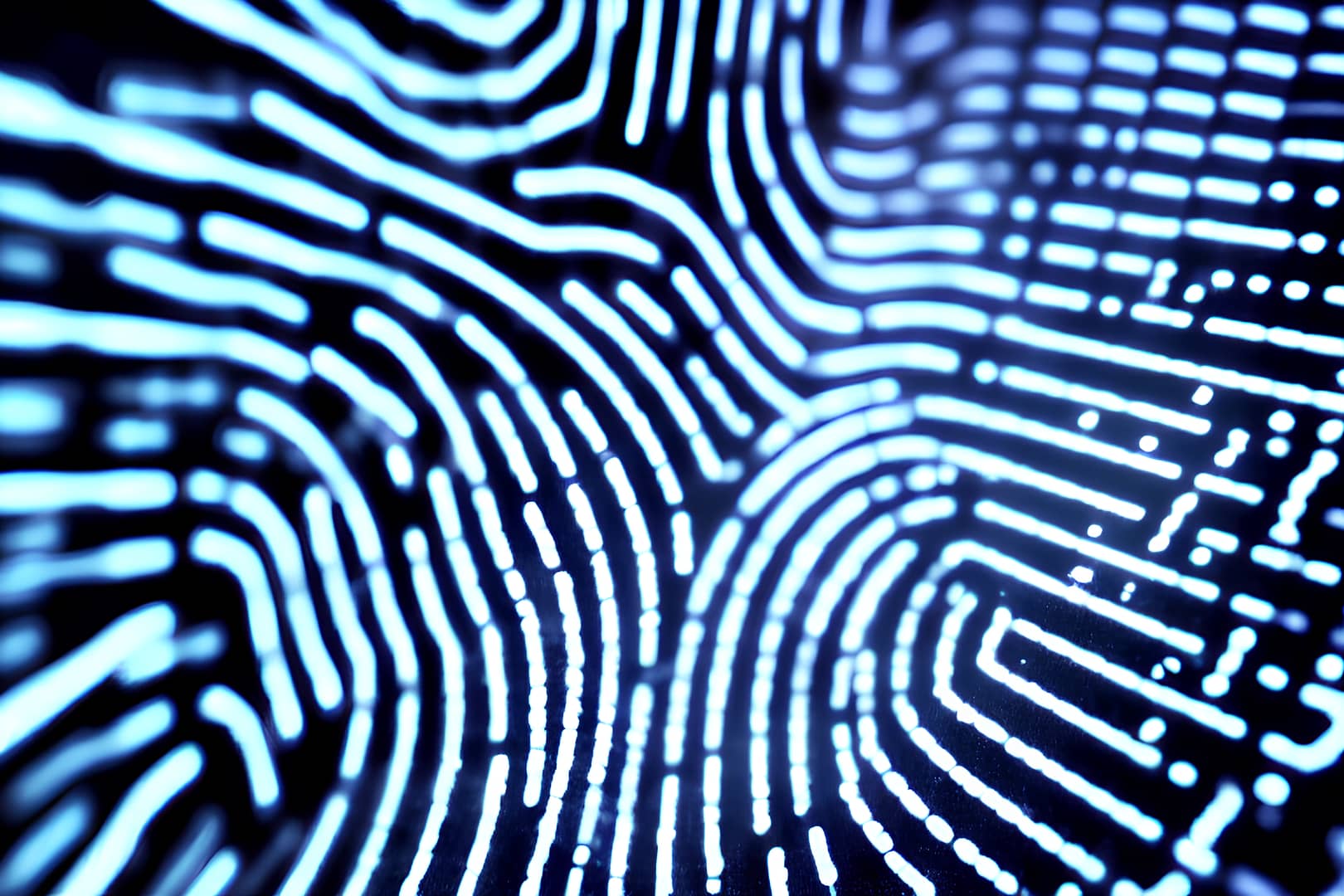Decentralized identity management refers to the use of blockchain technology to allow individuals and organizations to take control of their own digital identity information and store it securely. This decentralized approach improves privacy and security compared to traditional, centralized systems. Decentralized identity also has the potential to streamline identity verification processes, as individuals and organizations can use their own digital identity information to authenticate themselves rather than relying on third parties. This technology has the potential to revolutionize the way we manage and use our personal information online.
Table of Contents
Key Features of Decentralized Identity Management
Decentralized identity management refers to the use of blockchain technology to allow individuals and organizations to take control of their own digital identity information and store it securely. This decentralized approach offers several key features that improve privacy, security, and convenience compared to traditional, centralized systems.
- Self-sovereign identity (SSI): SSI refers to individuals having full control over their own digital identity. This includes being able to create, manage, and share their own identity information, rather than relying on centralized authority.
- Decentralization: Decentralized identity systems store identity data on decentralized networks, rather than being controlled by a central authority. This makes the systems more secure and resistant to hacks or attacks.
- Interoperability: Decentralized identity systems can work with multiple blockchain networks and other technologies, which allows for greater flexibility and interoperability.
- Privacy: Decentralized identity systems can protect users’ privacy by allowing them to selectively reveal only the information that is necessary for a particular transaction or interaction.
Examples and Use Cases of Decentralized Identity Management
Decentralized identity systems have a wide range of potential uses and applications, including:
- Identity verification for online services: Decentralized identity systems can be used to verify users’ identities for online services, such as online banking, e-commerce, and social media. Examples of decentralized identity verifiers include:
- Civic: A decentralized identity verifier that uses blockchain technology to secure and verify users’ identity information
- The Key: A decentralized identity verifier that uses blockchain technology to provide secure and convenient identity verification for online services
- Identity verification for physical access: Decentralized identity systems can be used to verify users’ identities for physical access to buildings, events, or other restricted areas.
- Supply chain management: Decentralized identity systems can be used to track the movement and provenance of goods through the supply chain, which can improve efficiency and transparency.
- Healthcare: Decentralized identity systems can be used to manage patient records and other healthcare data in a secure and private way.
Risks and Challenges of Decentralized Identity Management
While decentralized identity systems offer many benefits, they also face several risks and challenges, including:
- Complexity and learning curve for users: Decentralized identity systems can be complex and require users to have some technical knowledge to use them effectively. This can be a barrier to adoption for some users.
- Limited adoption and user base: Decentralized identity systems are still in the early stages of adoption and have a relatively small user base compared to traditional identity systems. This can limit their utility and impact.
- Regulatory and legal issues: Decentralized identity systems operate in a regulatory environment that is still evolving. There may be legal and regulatory issues that need to be addressed to ensure the smooth operation of these systems.
- Scalability and performance issues: Decentralized identity systems may face scalability and performance issues as they grow and handle more users and transactions.
- Security and vulnerability to hacks or attacks: Decentralized identity systems are vulnerable to hacks and attacks, just like any other computer system. It is important for these systems to have robust security measures in place to protect users’ identity data.
Example Use Cases for Identity Management in Action
- XYZ company uses a decentralized identity system to verify the identities of its online users and improve security: XYZ company operates an online platform that requires users to verify their identities to use certain features. In the past, they relied on traditional, centralized identity verification methods, which were prone to fraud and errors. By switching to a decentralized identity system, XYZ company was able to improve the security and accuracy of its identity verification process and reduce fraud.
- ABC organization uses a decentralized identity system to manage access to its physical premises and events: ABC organization operates a large conference center that hosts a variety of events. In the past, they relied on traditional methods for managing access to their premises, such as badges or tickets. By switching to a decentralized identity system, ABC organization was able to streamline the process of granting access to their events and improve security by using biometric authentication.
- DEF firm uses a decentralized identity system to track the movement and provenance of its goods through the supply chain: DEF firm is a large manufacturer that produces a wide range of goods. In the past, they struggled to track the movement and provenance of their goods through the supply chain, which led to inefficiencies and problems with quality control. By using a decentralized identity system, DEF firm was able to improve the transparency and traceability of their supply chain and reduce the risk of counterfeiting or fraud.
Comparison of Decentralized Identity Management Solutions
There are a number of decentralized identity management solutions available on the market, each with its own unique features and benefits. Here is a comparison of some of the most popular solutions:
- MetaMask: MetaMask is a browser extension that allows users to interact with decentralized applications (dApps) on the Ethereum blockchain. It also includes a decentralized identity feature that allows users to manage their own identity information and use it to authenticate themselves for various online services.
- Torus: Torus is a decentralized identity solution that allows users to log in to dApps using their existing social media accounts, such as Google, Facebook, or Reddit. This makes it easy for users to get started with decentralized identity without having to set up a new account or remember additional login credentials.
- ENS (Ethereum Name Service): ENS is a decentralized identity system that allows users to register and manage their own human-readable names on the Ethereum blockchain. ENS names can be used to identify and locate various types of resources on the Ethereum network, such as smart contracts, wallet addresses, and other blockchain resources. ENS is unique in that it is specifically designed for use on the Ethereum network and can be used to resolve Ethereum-specific resources.
Conclusion
Decentralized identity management is a promising technology that has the potential to revolutionize the way we manage and use our personal information online. By giving individuals and organizations control over their own identity data, decentralized identity systems can improve privacy and security, streamline identity verification processes, and increase interoperability. While decentralized identity systems face several risks and challenges, they also have a wide range of potential uses and applications. As adoption of these systems grows and the technology matures, we can expect to see decentralized identity become an increasingly important part of the blockchain ecosystem.



